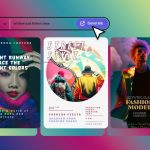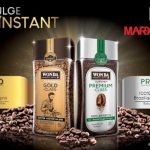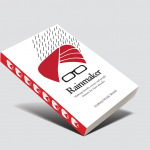Yes, I am talking about CelcomDigi.
In 2021, Maxis held the largest share of mobile subscribers in Malaysia with 27.4 percent of the market share. DiGi followed closely behind with 21.6 percent. These two, along with Celcom and U Mobile, are the major mobile telecommunication service providers in Malaysia.
If you look at this latest market share pie-chart from Statista, it means that more than 40% of the market is in CelcomDigi’s hands. Is this good for the market is my question?

We should soon be seeing how this dual-brand comes into its own as a differentiated choice from the combination two names with strong equity from each.
When two telco brands merge, it is important to establish a new brand identity that combines the strengths of both companies. This new brand identity should also communicate a clear message to the target audience.
The monumental cost of rebranding is another interesting space to watch on how this evolves. We are on the cusp of a great marketing case study.
I am sure that once respective contractual obligations are over for the incumbent agencies, we will see a centralisation of their combined brand trust.
Merging two telco brands can be a complex process, but with the right strategy and communication, it can lead to a more successful and powerful brand.
Here are some examples where this has been done elsewhere…
T-Mobile and Sprint merger
In April 2020, T-Mobile completed its merger with Sprint, becoming the third-largest wireless carrier in the US market. T-Mobile rebranded its stores and marketing materials to reflect the new company’s branding and messaging.
They also launched an aggressive marketing campaign that highlighted the benefits of the merger. The campaign was called “New T-Mobile,” and it aimed to show customers that the merger was a positive change. T-Mobile used multiple channels to reach customers, including TV commercials, digital ads, and social media campaigns.
The marketing efforts paid off, as the company gained 1.7 million new customers in Q1 2021.
EE and Orange merger
In 2010, Orange and T-Mobile merged to create EE, which is now the largest mobile network operator in the UK. The new brand was designed to represent the strengths of both companies, and the marketing campaign emphasised the benefits of the merger, such as the largest 4G network in the UK and improved customer service.
EE used a variety of marketing channels to promote the new brand, including TV commercials, print ads, and social media campaigns. The campaign was successful, and EE gained a significant market share in the UK market.
INDUSTRY NEWS:
The CelcomDigi media account is up for review and the incumbents are Mindshare and IPG MediaBrands. Of course, many other media players have also been invited.
A similar exercise is also being conducted by U-Mobile. The TNB media and creative business is now up for review.
PEOPLE MOVES:
Dentsu’s Dheeraj Raina has left the building, he is about to resurface somewhere important (locally) in a major role (globally?).
KFC Malaysia’s CMO Chan May Ling is also moving, we believe she is joining another industry.
And for those of you are wondering if Datuk Michael Chan is still in Media Prima Omnia, the quick answer is No.
We have no details to share on this except to say that we wish Datuk well.
MARKETING Magazine is not responsible for the content of external sites.









